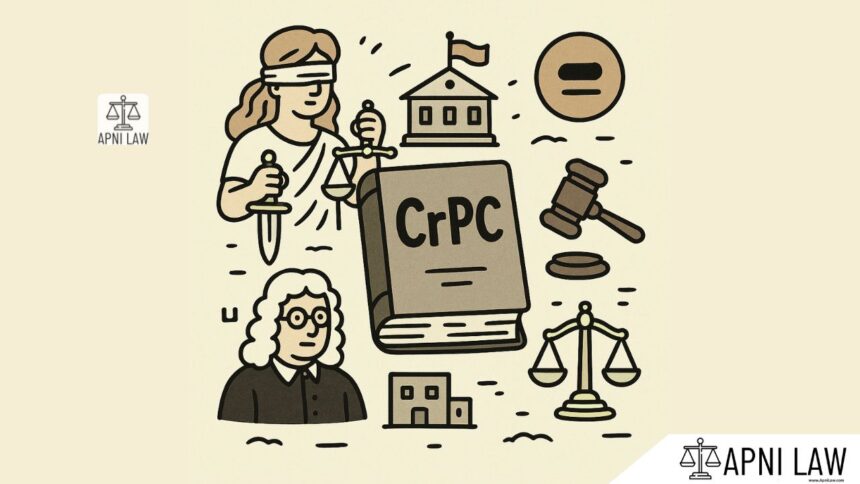Code
(1) When a person is charged with an offence consisting of several particulars, a combination of some only of which constitutes a complete minor offence, and such combination is proved, but the remaining particulars are not proved, he may be convicted of the minor offence, though he was not charged with it.
(2) When a person is charged with an offence and facts are proved which reduce it to a minor offence, he may be convicted of the minor offence, although he is not charged with it.
(3) When a person is charged with an offence, he may be convicted of an attempt to commit such offence although the attempt is not separately charged.
(4) Nothing in this section shall be deemed to authorise a conviction of any minor offence where the conditions requisite for the initiation of proceedings in respect of that minor offence have not been satisfied.
Illustrations
(a) A is charged, under section 407 of the Indian Penal Code (45 of 1860), with criminal breach of trust in respect of property entrusted to him as a carrier. It appears, that he did commit criminal breach of trust under section 406 of that Code in respect of the property, but that it was not entrusted to him as a carrier. He may be convicted of criminal breach of trust under the said section 406.
(b) A is charged, under section 325 of the Indian Penal Code (45 of 1860), with causing grievous hurt. He proves that he acted on grave and sudden provocation. He may be convicted under section 335 of that Code.
Explanation
This section states that if during a trial, the evidence presented proves that the accused has committed an offence which is “included” within the offence they were originally charged with, the accused can be convicted of that “included” offence even though they were not specifically charged with it.
The key concept here is “included” offence. An offence is considered “included” if it is:
- A lesser offence – The accused is charged with a more serious offence, but the evidence only proves they committed a lesser one.
- A constituent part of the offence charged – The offence charged is made up of multiple elements, and the evidence only proves the accused committed one or some of those elements.
Illustration
Imagine someone is charged with murder (a serious offence). During the trial, the evidence only proves they committed culpable homicide not amounting to murder (a lesser offence). In this case, under Section 222, the accused can be convicted of the lesser offence even though they were originally charged with murder.
Common Questions & Answers
Q: Can the accused be convicted of an offence they were not charged with?
A: Yes, but only if the offence proven is “included” within the original charge.
Q: What happens if the evidence proves an entirely different offence not “included” in the original charge?
A: In this case, the accused cannot be convicted of that offence. The prosecution would need to file a separate charge for that offence.
Q: Does Section 222 require the prosecution to specifically mention the “included” offence in the charge sheet?
A: No, it’s not mandatory. The prosecution can bring the “included” offence to the court’s attention during the trial based on the evidence presented.








